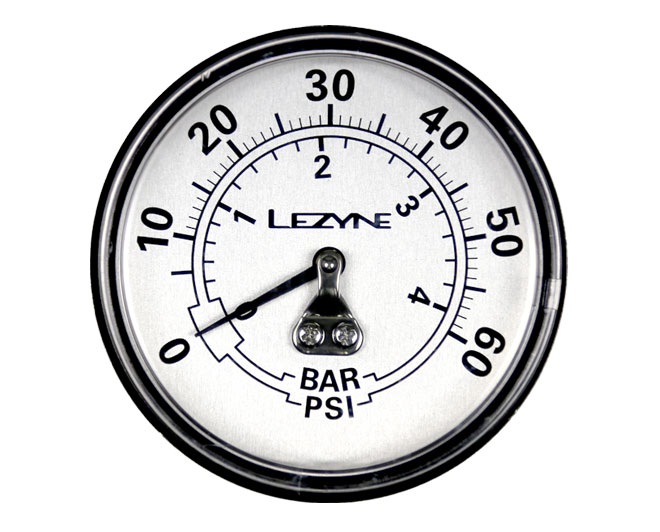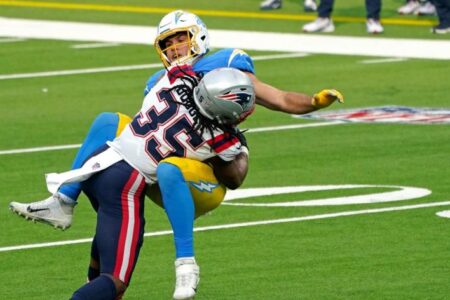tom.kordis
Practice Squad Player
- Joined
- Feb 4, 2015
- Messages
- 130
- Reaction score
- 72
@tom.kordis Why would a water bath be a good model for rain-filled air? I imagine the thermal conductivity of the two is very different.
As I said above, I wasn't looking to create a model good enough to capture the temperature/pressure transients. Just the steady state end-points.
And then I wanted to check if I were justified in concluding that the shortest immersion time ball HAD reached steady state, which was the purpose of the multiple immersion time parameter. (This showed that it had done so.)
It ain't a perfect model, but that's not what I was trying for. This was a fairly typical screening test, simply to check end points & get a feeling for the time constants needed to capture the dynamics.
But, at the same time, it ain't that bad a model, either. Think about the thin layer of water on the outside of the ball. The experiment needs to get the temperature of that layer correct, and then everything inside that boundary will track correctly.
In the rain, the water on the outside of the ball is getting CONSTANTLY replaced with a new layer of cold water.
If one were to soak a cloth & wipe the outside of the ball, then the heat emanating from the ball will warm up that thin layer pretty quickly, and the dynamics would be wrong.
Immersion is a quick & dirty approximation of a "constantly replaced layer of cold water on the outside of the ball". When the ball is skidding across the grass, after an incomplete pass (Yes, I know that TB12 doesn't throw many of those!), or after a tackle, then it's a closer approximation.
If I were tasked to write a test protocol to examine this event accurately (capturing both steady state & transients), this is exactly the type of screening test I'd run first, just to figure out the data acquisition rate required.
In a final test, I'd get an immersion pump, a flow control valve, a shower head & I'd spray the balls from my cold bath.
But the tests ARE good enough to support the steady-state conclusions that I've stated.
Does that answer your question?




















